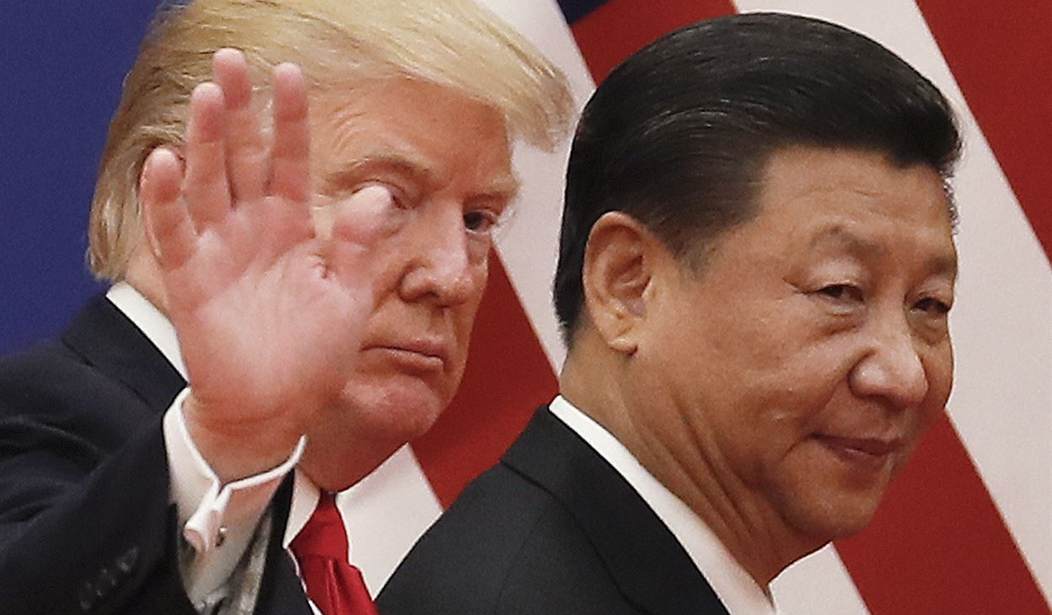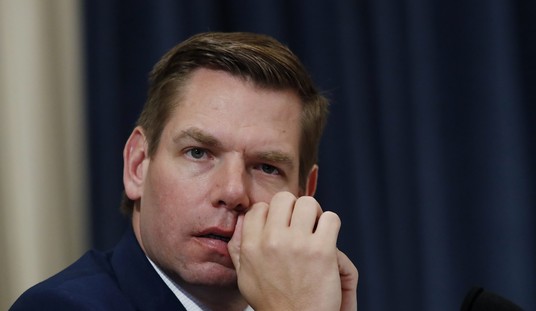It’s been one year, thousands of lost livelihoods, and billions of dollars in price hikes, but the U.S.-China trade war may finally be drawing to a close. On August 26, President Trump confirmed to reporters that Beijing is interested in finally ending the tariff tit-for-tat, predicting, “I think we're going to have a deal, because now we're dealing on proper terms. They understand and we understand. Very big things are happening with China." But “big things” will only happen for the U.S. if tariffs are reduced and households and businesses are allowed access to foreign markets. There’s simply too much at stake for the U.S. to double-down on import taxes that harm millions of working-class families.
In September 2018, the U.S. announced 10 percent tariffs on an astounding $200 billion worth of goods, ranging from toilet paper to dried yams to woven fabrics. From there, things only got worse. In May 2019, import taxes increased from 10 percent to 25 percent. Millions of consumers stretched their budgets thin to pay for thousands of higher-priced items, cutting into paychecks that had been bolstered by tax reforms passed in 2017. Retaliatory tariffs made it particularly difficult for many American producers to sell their goods overseas. Soybean farmers, who rely on millions of Chinese consumers to purchase their produce, are anxious because “we have to get rid of last year’s soybeans. They have to go to market and have room for this year’s crop.”
President Trump has tried to tide over farmers by promising them $16 billion in bailouts. The irony of borrowing money from China to bailout farmers in order to continue a trade war against China is evidently lost on senior administration officials. But even this Rude Goldberg subsidy scheme will prove insufficient if the trade war continues unabated.
Households and businesses are reminded every day that things can still get far worse, as Trump "hereby orders” all companies to cease doing business with China and threatens to raise tariffs to 30 percent.
Goaded on by protectionist trade advisors, President Trump believes that all this bluster will pay off and China will back down. That’s a large leap of faith. In response to previous American threats to raise tariffs, China responded via small token gestures that allowed presidents and lawmakers to save face and pretend that they forced China’s hand. Columbia University scholar Allison Carnegie recounts that, in the 1980s, the U.S. had a yearly vote on whether to maintain tariff reductions on China contingent on the country making trade and human rights concessions. She notes, “It didn’t work. Each year, China would make some minimal gesture, such as releasing a few political prisoners, in advance of the congressional vote over whether to renew its low tariff rates, but it did little else…In addition, the threat of raising tariffs seems to have deterred trade and investment between the two countries.”
Recommended
Fast forward to today, when it’d be all-too-easy for both sides to make an “agreement” that would cancel out the two countries’ recent tariffs on one another and pass it off as some victory. Reciprocal tariff reduction would allow Trump and Chinese leader Xi Jinping to score political points without changing the pre-trade war status-quo.
Families, businesses, and investors are hoping for the best: a “groundbreaking” trade deal that simply erases the past couple of years’ worth of trade tariffs and bad faith. The worst case, which would amount to thousands of dollars in continued higher prices for everybody, would also be terrible news for President Trump. Nobody wants a recession, but economic indicators suggest that a “correction” may be near absent significant changes to trade policy. Everybody, then, should be rooting for an outcome in which the Trump administration learns its lesson, drops the trade war, and pursues free trade and low prices going forward. Absent presidential leadership, Congress can take control of the situation by passing legislation introduced by Sens. Pat Toomey (R-Penn.) and Tom Carper (D-Del.) that would restrict the president’s ability to invoke a “national emergency” to raise tariffs. But whether by executive order or legislative action, this trade war must end before a recession forces the government’s hand.
Ross Marchand is the director of policy for the Taxpayers Protection Alliance.






















Join the conversation as a VIP Member